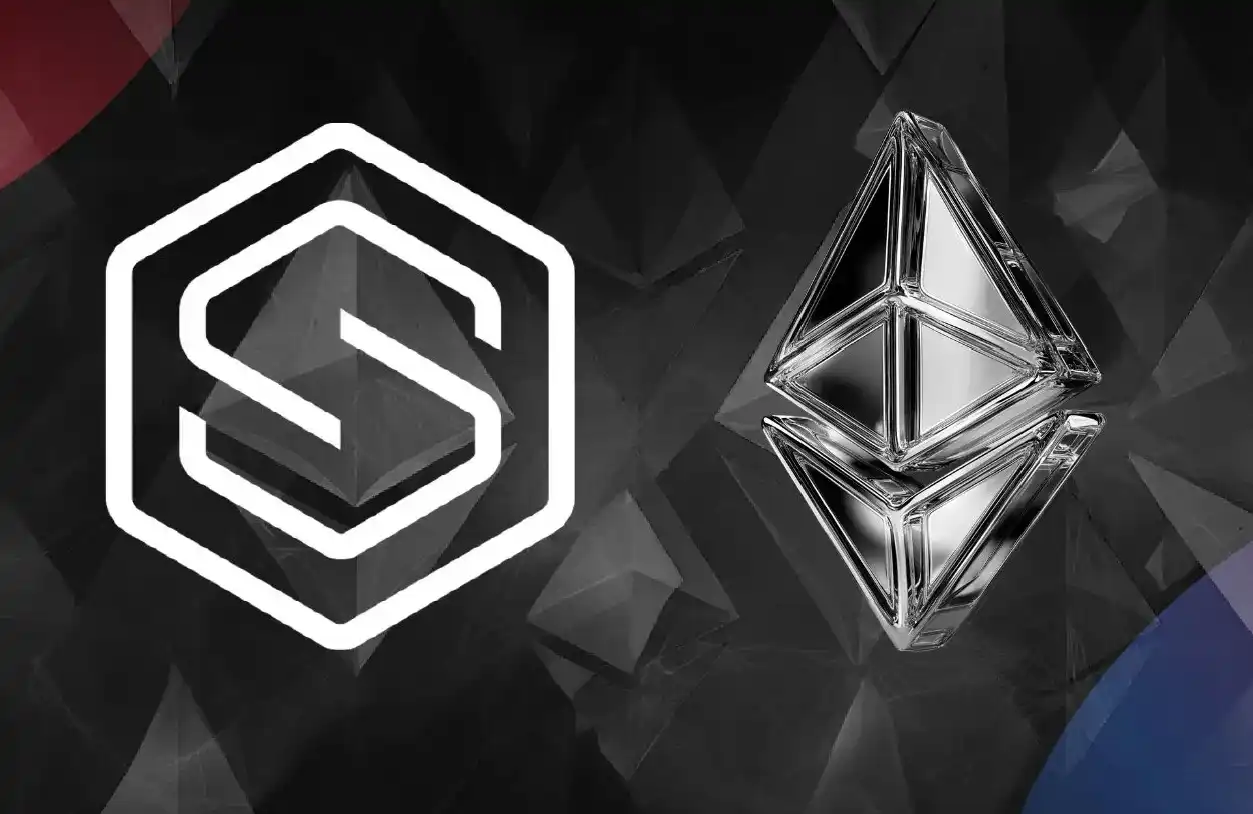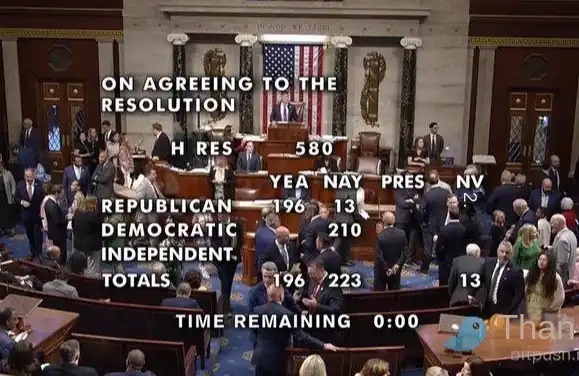The origin, present situation and prospect of investment DAO
Original title: How the First Investment DAOs Challenged Venture Capital
The original article was written by Jan Baeriswyl
The TechFlow Intern
Three types of DAOs are most active today: protocol DAOs, Investment DAOs, and work/social DAOs.To understand the future of Web3 native tools, we need to consider the DAO landscape and who the most prominent players are and what tools and frameworks they use. So, in this article, we'll delve into the use case for investing in DAOs.
The status of the investment DAO

A key motivation for investing in DAOs is"Make better investment decisions and gain access to greater deal flow as a group". In traditional finance, it is often difficult to co-invest in multiple countries/regions due to a number of issues:
Establishing complex legal structures;
Coordinating banks;
Sending notarized documents around the world;
The complexity of unconventional assets, such as blockchain-based tokens.
Can say,The biggest advantage of investing in DAOs is the elimination of administrative friction on a global scale.Participants can join and contribute money with a few clicks in the Web3 Wallet. Collecting funds to a DAO is often easier than figuring out what to do with questionable funds, as evidenced by the following example:
The Original DAO:Error codes split the ETH community;
Being a DAO:Raised nearly $50 million to try to buy an official copy of the U.S. Constitution.
Naturally, there has been a surge of interest in DAO tools and frameworks, where secure and off-the-shelf components add credibility to smart contracts that hold pooled funds. The best tools make it relatively simple and efficient to coordinate investment decisions and deployments.
In theory,Like GnoSis Safe multi-signature trusted smart contracts replace the need for legal contracts and banking and other red tape.However,Although investing in a DAO does not require a legal structure per se, it is still subject to local laws and regulations.Daos typically require a legal entity in order to comply with laws and regulations and interact with the off-chain world, doing things like hiring employees and paying taxes.
A DAO without a legal structure faces a number of risks:
If the DAO operates for profit, the court may consider it an "unincorporated general partnership." Because it means that two or more people are engaged in a business relationship -- even if those people have never met.
The potential liability of each member of a DAO is unlimited, so investment DAOs are typically launched in the form of "wrapped DAOs," that is, under the protection of a legal entity.
Within the existing legal framework, further improvements are needed including KYC/AML requirements and the fact that investment DAOs typically limit the number of accredited investors to a small number (e.g., up to 99 in the US).
Invest in DAO pioneers and their innovations

Let's take a look at some of the most notable investment DAOs to date, and some of the tools and mechanisms they use.
MetaCartel Ventures
MetaCartel Ventures was the first venture/investment DAO launched in 2018, and its current membership includes an impressive array of Web3 pioneers, founders, and investors. MetaCartel selects their members very carefully as they are very focused on generating value added to their investments from an organizational basis. MetaCartel's tools are open source, allowing many others to follow suit. Notable examples include Zapper and Rarible.
Moloch DAO
Moloch DAO initially focused on funding public goods (such as customers, wallets) on Ethereum. MolochDAO invented the "RageQuit "mechanism, which was subsequently used by many other investment DAOs, such as the Flamingo DAO. The mechanism introduces a time delay between investment decisions and the deployment of funds, giving each member the option to exit with a proportional share of its assets in the Treasury before investing. RageQuit provides members of the investment collective with a whole new level of assurance that was not previously possible in traditional finance. The right to opt out of an investment when a joint decision does not reflect an individual's values or goals.
LAO
LAO is another notable player that acts as a bridge between Web3 and the US legal system. Founded by OpenLaw, it was the first DAO to focus on compliance with US law and was instrumental in the passage of the Wyoming DAO Act. Not only has the LAO been used as a framework for many subsequent DAOs, but Wyoming has become the first jurisdiction to legally recognize a DAO as an entity. LAO shares carry a percentage of voting rights that qualified investors can buy, but each member is capped at 7.2%, and the price of each share increases with each investment. Notable investment cases include Zerion, Reflexer Labs, and Async Art.
Syndicate Protocol
There have also been several attempts to productize these core mechanisms and build infrastructure specifically for projects that invest in DAOs. One such is Syndicate Protocol, which is building a framework for DAOs to invest in Syndicate. The framework enables investment DAOs to partner with investors on a single transaction basis.
The rise of the NFT collector/investor DAO

The rising popularity of NFTS in 2021 has given rise to a new type of investment DAO, a DAO that collectively buys NFTS.
The most notable success stories in this space include Flamingo DAO, an NFT-focused investment DAO spun out of LAO.Flamingo DAO has an impressive operation that includes investments like OpenSea, Fractional, Upshot, YieldGuild, and many individual NFTS. The NFT Fund, OneOf, is connecting the suite of DAO tools for investing with a process that allows the investor community to share their NFTS utility. Their goal is to make it easy for a group of friends to set up a DAO to collectively buy and manage NFTS.
There are several differences between DAOs that focus on investing in FT (Fungible tokens) and DAOs that focus on investing in NFTS:
The incentives to reduce risk and capital requirements are unique to (" blue chip ") NFTS, which often carry sticker prices in the tens or hundreds of thousands of dollars.
By pooling funds in a trusted group, the shared portfolio can hold larger and more diversified expensive NFTS.
Then there is the utility of NFTS, which FTTS do not have (unless we count governance) : they have artistic or aesthetic value (as opposed to the "only" financial value) and sometimes other utility (such as in-kind rewards, access to groups or events).
Currently invest in the DAO tool suite
Having demonstrated the underlying mechanisms that the next wave can leverage by the early pioneers of investing in DAOs, let's now turn our attention to some of the key tools that investing in DAOs offers.
Legal Settings
This is an important framework for answering legal compliance questions and protecting members from liability. It's worth noting that,The LAO legal framework has been used as a framework for subsequent investments in DAOs. The ZeroLaw framework (formalized by OpenLaw) includes a "legal wrapper" (legally based in the United States) in the form of a limited liability company, which is linked to DAO decisions through articles of association, ensuring that decisions can be made on the chain but are legally represented by the limited liability company. Within this framework, a maximum of 99 accredited investors are allowed. In addition, there are many more legal wrappers available for DAOs, of which Delaware and Wyoming LLCS are the most well-known. These entities provide independent legal personhood, limited liability for members and a relatively flexible governance framework.
A vehicle for raising, deploying, and redeeming capital
The goal of many investment DAOs is a simple but powerful set of capabilities, often combined with the tools described here, which we can think of as being deployed along three processes of investment DAOs: capital raising, deployment, and redemption.
The instruments used to raise capital, typically ether or dollar-backed stablecoins, are at the heart of any investment DAO.Typically, this is done through a multiple signature, which is then linked to the governance of the DAO. A maximum of 99 addresses will be limited to pool funds (e.g. by whitelisting).
The second instrument concerns decisions about the allocation of investments.Most often, this is done through governance tokens, which are allocated in proportion to each member's capital contribution. From there, Token holders can propose potential investment projects and vote on the results. In general, voting rights are proportional to the number of tokens held, and decisions are made based on minority rule.
In the end,There needs to be a mechanism or instrument for capital redemption.The simplest way is to allow Token holders to redeem their corresponding amount of assets from the Treasury, at which point the governance Token is burned. In practice, this tends to be possible only during exceptional periods, when a clear net asset value is required for all assets in the Treasury. As mentioned earlier, some investment DAOs utilize the "RageQuit "feature, which allows investors to pro-rata exit assets from the Treasury before an investment decision with which they disagree.
When it comes to capital allocation in investing DAOs today, the tools currently in use still seem very sketched, and there is plenty of room for innovators to improve the situation. Perhaps because most investment DAOs are still limited to a manageable size of 99 members, there is little incentive to innovate with these tools.
Outlook: Collective intelligence
Summarizing the current situation, we can conclude that the progress made by the pioneers of DAO investment has been tremendous. The infrastructure to raise and deploy capital in the Web3 native way has successfully deployed billions of dollars.
However,Investing in DAOs to reach their full potential has a long way to go.First, many of the tools used (such as RageQuit) are not fully compatible with existing legal frameworks, and existing decision-making mechanisms seem unsuitable for investment purposes because they implicitly incentivize convergence towards common goals (while missing out on few opportunities). Existing mechanisms in Web3 may provide an important basis for this -- for example, second polls allow us to measure belief and strength, not just direction. We also need mechanisms that can scale up to more than 100 people without degrading the quality of the results.
In the long run,Web3, the innovation engine, will no doubt provide the relevant solutions to most of these obstacles.Once the mechanism is designed in place, the investment DAO will be able to dig deep and leverage the collective intelligence. Even if the potential of this collective intelligence is only partially realised, it will be a surprising evolution for the venture capital industry.
The original link
Welcome to join the official BlockBeats community:
Telegram Subscription Group: https://t.me/theblockbeats
Telegram Discussion Group: https://t.me/BlockBeats_App
Official Twitter Account: https://twitter.com/BlockBeatsAsia
 Forum
Forum OPRR
OPRR Finance
Finance
 Specials
Specials
 On-chain Eco
On-chain Eco
 Entry
Entry
 Podcasts
Podcasts
 Activities
Activities








